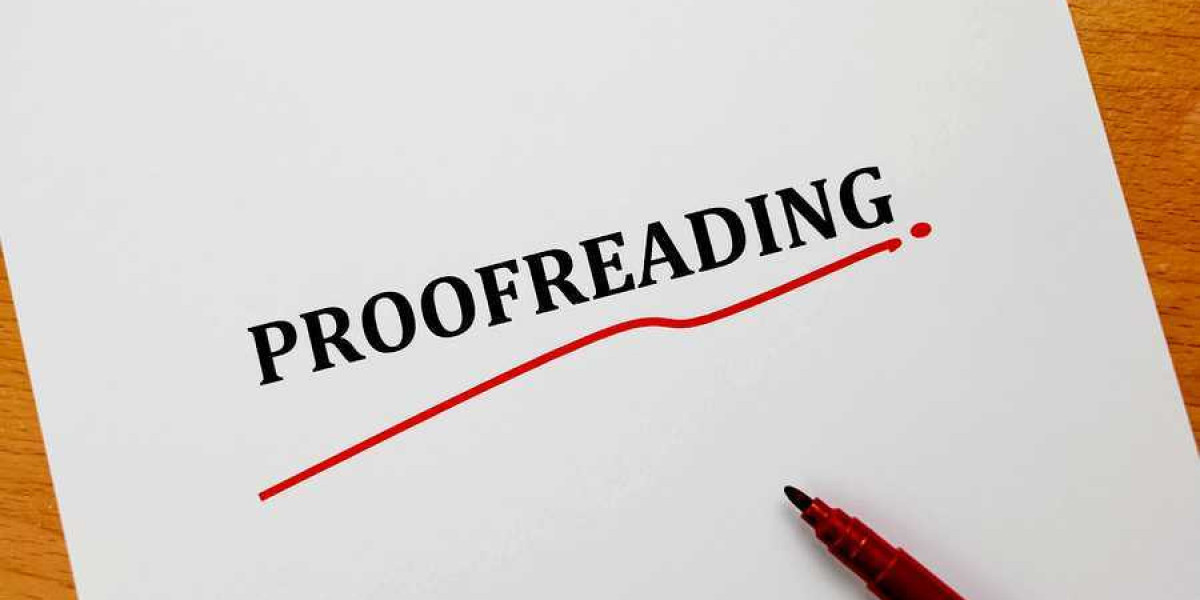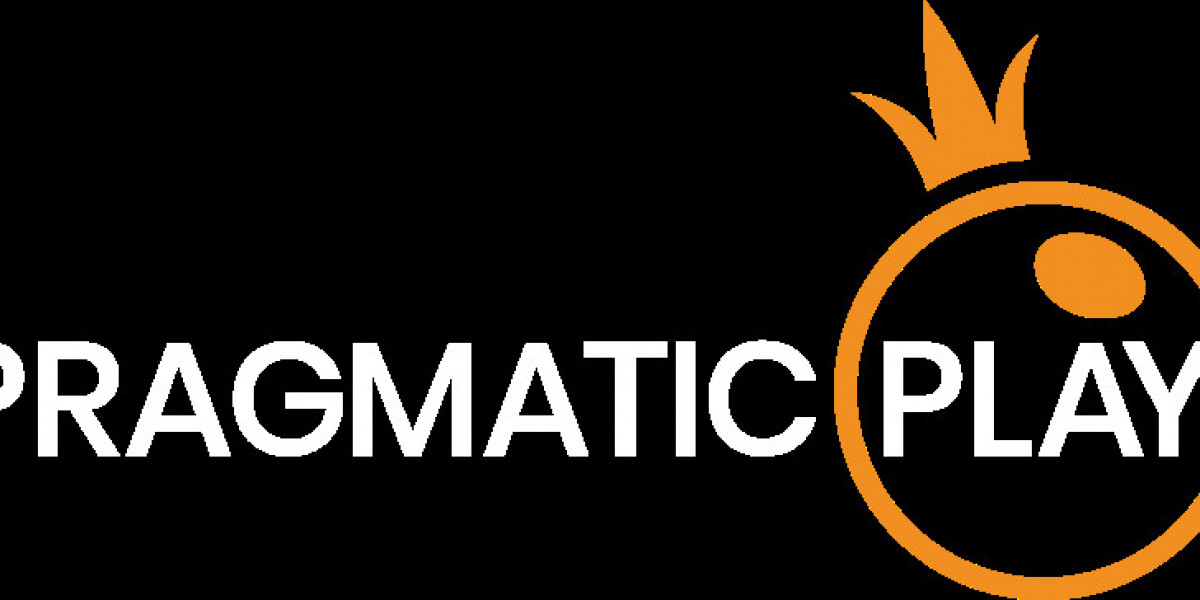As an author, you've journeyed through the exhilarating process of bringing your ideas to life on page. Crafting a manuscript is no small feat, and reaching the final word is a moment worth celebrating. But before your book makes its way into the hands of eager readers, there's one crucial step left: proofreading. While it might seem daunting to tackle this task on your own, arming yourself with the right tools and techniques can make the process not only manageable but also rewarding. This guide is here to empower you with practical resources and methods to help you polish your work to perfection.
1. Take a Well-Deserved Break
First things first: step away from your manuscript. Seriously. Give yourself some time—whether it's a day, a week, or even just a few hours—to decompress and shift your focus. This break will help you return to your work with fresh eyes, making it easier to spot errors and areas that need improvement.
2. Change Your Reading Environment
Switching up how you read your manuscript can make a big difference. If you've been staring at a computer screen for months, consider printing out your work. Holding physical pages can give you a new perspective. Alternatively, try reading your manuscript on a different device, like a tablet or e-reader. Changing the font style, size, or color can also trick your brain into thinking it's seeing the text for the first time.
3. Read Aloud—Yes, Out Loud
It might feel a bit odd at first, but reading your work aloud is one of the most effective proofreading techniques. Hearing the words helps you catch awkward phrasing, run-on sentences, and clunky dialogue that you might miss when reading silently. If you're feeling adventurous, record yourself reading and play it back. You might be surprised at what you notice!
4. Use the Power of Technology (But Don't Rely Solely on It)
Grammar and spell-check tools like Grammarly, ProWritingAid, and Hemingway Editor can be invaluable in catching mistakes. They highlight potential issues and offer suggestions for improvement. However, remember that these tools aren't infallible. They might miss context-specific errors or stylistic nuances. Use them as helpful assistants, but trust your own judgment too.
5. Tackle One Issue at a Time
Proofreading can be overwhelming if you're trying to catch every type of error in one go. Instead, focus on one aspect at a time. Do a read-through specifically for spelling errors, then another for punctuation, and another for grammar. Breaking it down makes the process more manageable and increases your chances of catching mistakes.
6. Keep a Checklist of Common Errors
We all have our writing quirks and habitual mistakes. Maybe you overuse certain words, struggle with comma placement, or mix up "affect" and "effect." Make a list of these common issues and keep it nearby as you proofread. This personalized checklist serves as a targeted guide to help you spot and correct your frequent slip-ups.
7. The Backwards Approach
No, we're not suggesting you read words in reverse order! Start proofreading from the last sentence and work your way to the beginning. This technique forces you to focus on each sentence in isolation, helping you catch grammatical errors and typos without getting caught up in the narrative flow.
8. Enlist the Help of Text-to-Speech Software
Sometimes, letting a computer read your work back to you can highlight errors your eyes might skip over. Text-to-speech programs like NaturalReader or the built-in features on your device can read your manuscript aloud while you follow along. This method combines auditory and visual proofreading, increasing your chances of catching mistakes.
9. Mind Your Homophones
Words that sound the same but have different meanings—like "their," "there," and "they're"—can easily slip past spell-check tools. Create a list of commonly confused words and be vigilant when you spot them in your text. Double-checking these can prevent embarrassing misunderstandings.
10. Check for Consistency
Consistency is key in writing. Ensure that your use of tense, point of view, and character details remain steady throughout your manuscript. Also, verify that stylistic choices—like using Oxford commas or formatting dialogue—are consistent. Inconsistencies can jar readers and disrupt the immersive experience you're aiming to create.
11. Highlight Punctuation Marks
Print out your manuscript and use a highlighter to mark all punctuation marks. This visual emphasis can help you spot misplaced commas, periods, and other punctuation errors. It's a simple yet effective way to focus on the mechanics of your writing.
12. Create a Style Sheet
Professional editors often use style sheets to keep track of character names, places, timelines, and unique terms. Creating your own can help you maintain consistency and catch discrepancies. It's especially useful for longer works with complex plots and multiple characters.
13. Avoid Proofreading Fatigue
Our brains can only focus intensely for so long. Schedule your proofreading sessions in manageable chunks—perhaps an hour at a time—with breaks in between. This approach keeps your mind sharp and reduces the likelihood of overlooking errors due to fatigue.
14. Read a Physical Copy
There's something about holding your manuscript in your hands that changes how you perceive it. Reading a printed version can help you spot errors that you might miss on a screen. Plus, you can jot down notes, circle mistakes, and physically interact with your work.
15. Know When to Seek Professional Help
While DIY proofreading can catch a multitude of errors, sometimes a professional touch is invaluable. A fresh set of eyes trained in editing can spot issues you might never notice. If you're aiming for publication or want your work to be the best it can be, consider investing in professional proofreading services.
Speaking of professional help, Eminent Publisher offers top-notch proofreading services provided by industry experts. Our team is dedicated to helping authors like you refine your manuscripts, ensuring that your hard work is presented flawlessly. Whether you're self-publishing or preparing to submit to agents, we can provide that final polish to make your work stand out.
Final Thoughts
Proofreading your own work is a challenging but rewarding endeavor. It empowers you to take full ownership of your writing and helps you develop a keener eye for detail. By utilizing these tools and techniques, you can significantly improve the quality of your manuscript.
Remember, the goal isn't just to find and fix errors—it's to enhance the overall reading experience. Every correction brings you one step closer to presenting your story in the best possible light. So grab that red pen (or click that mouse), and let's get proofreading!








